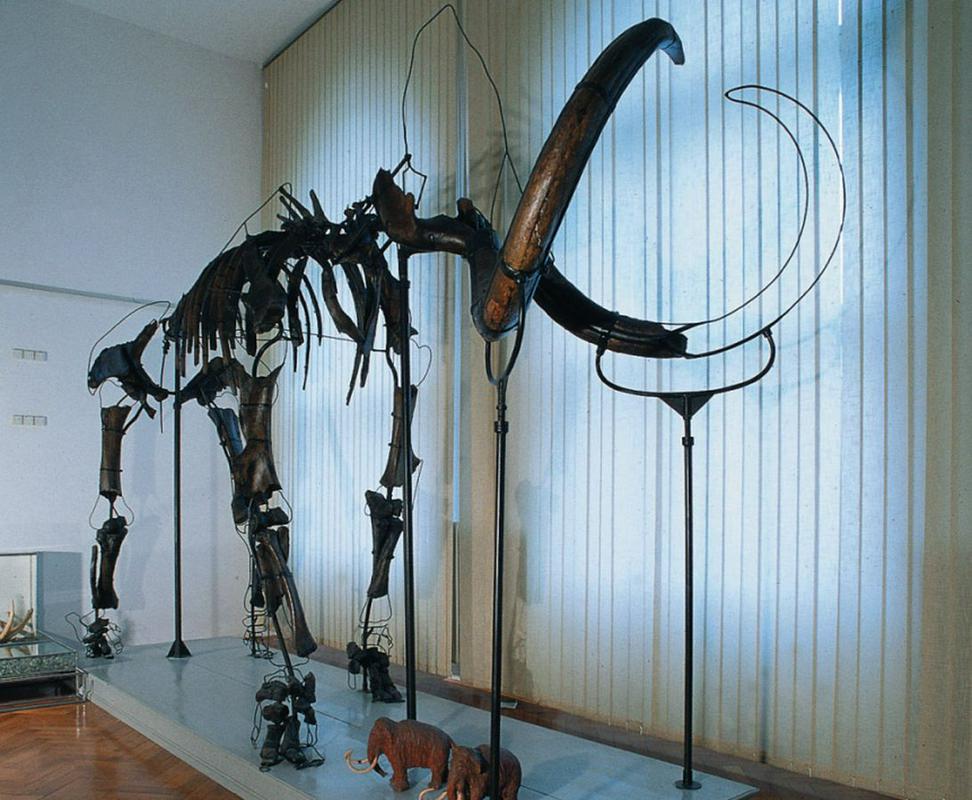
More than 76 years ago, the construction of a new bridge led to the discovery of one of Slovenia’s most remarkable skeletons.
The story began some 20,000 years ago, when Stone Age hunters killed a 40-year-old mammoth near the present-day village of Nevlje, some 15 kilometers from Ljubljana. The bones were ultimately buried in mud, and as civilizations rose and fell through the millennia, the skeleton remained undisturbed below ground.
In 1938, a new bridge was being built across the Nevljica River when construction workers noticed unusual objects in the freshly-dug soil. According to contemporary accounts, they complained to the mayor that their progress was being slowed by what appeared to be the remains of old trees. The mayor thought that the objects could be bones of some sort and sent them to a veterinarian for tests.
Detailed analysis eventually showed that the workers had stumbled on something far older than anyone had imagined. The objects were in fact mammoth bones, and when the full skeleton was extracted from the earth, it became apparent that the Nevlje mammoth was one of the biggest and most complete mammoth skeletons ever seen in Europe. A stone blade in one of the bones showed that the mammoth had been killed by humans.
Experts from the Museum of Natural History in Ljubljana took several years to restore the bones. Just as the skeleton became ready for public viewing in 1941, Slovenia was invaded and split among the Axis powers. Because of the war, the mammoth wad disassembled and kept hidden until after liberation.
Today, the mammoth is one of the main attractions of the Museum of Natural History, and a bronze statue of the animal will soon stand on the banks of the Nevljica River. It will serve as reminder of an era when modern-day Slovenia was covered in ice and when early humans faced a daily struggle for survival.

































































